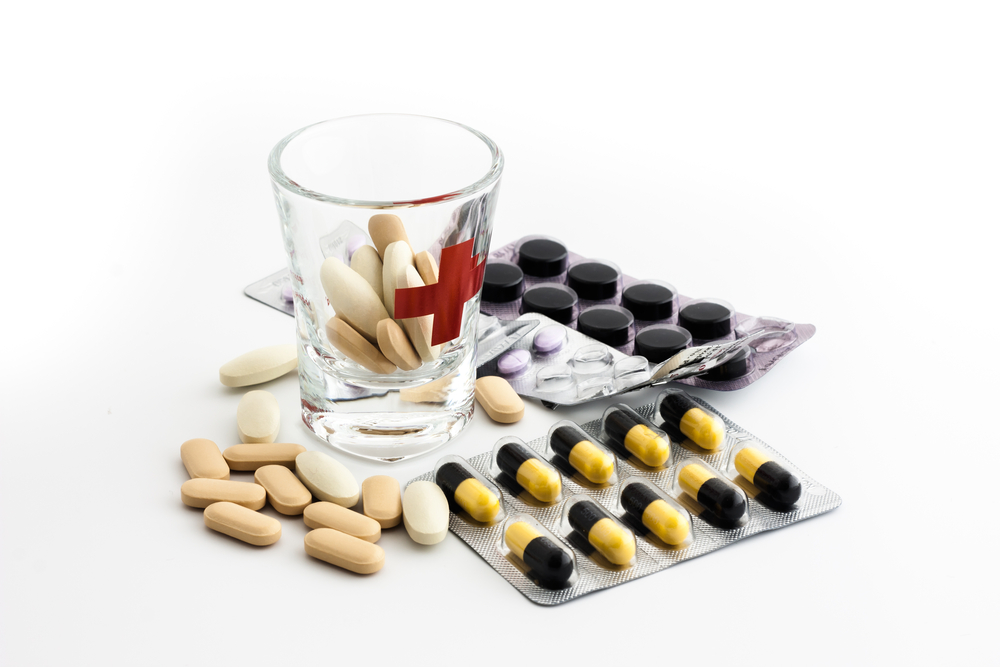As science and medicine evolve over time, rheumatoid arthritis (RA) patients are experiencing an increase in quality of life from improved disease prognosis. In large part, advances in treatment strategies have helped to nearly eliminate clinically relevant joint destruction, which has also prompted new definitions for long-term disease outcomes. Since treatment strategies generally remove disease-modifying antirheumatic drugs (DMARDs) from a patient’s treatment plan after a period of time, DMARD-free sustained remission may be an interesting outcome for evaluation.
To evaluate if DMARD-free sustained remission is a clinically relevant long-term outcome of RA treatments, a group of researchers from Leiden University Medical Center in The Netherlands and Karolinska University Hospital Huddinge in Sweden conducted a study of over 1000 RA patients in the Leiden Early Arthritis Clinic. The researchers were interested in how many patients sustained remission without the use of DMARDs. They published their analyses in Annals of the Rheumatic Diseases, under the article, “Disease-Modifying Antirheumatic Drug-Free Sustained Remission in Rheumatoid Arthritis: An Increasingly Achievable Outcome with Subsidence of Disease Symptoms.”
All patients in the study were diagnosed with RA between the years 1993 and 2011. When looking at the drug treatments given to the patients during the different years, researchers considered the periodic switch in DMARDs given to the RA patients. At the beginning of the period (1993-1995), individuals were mainly treated with non-steroidal anti-inflammatory drugs. This switched to mild DMARDs such as hydroxychloroquine or sulphasalazine in the 1996-1998 period, followed by prompt methotrexate treatment from 1999 onward and disease activity score (DAS)-steered treatments from 2005 onward. This was in line with prior knowledge of the trends in RA treatment regimens.
Over time, there was an increase in incidence of DMARD-free sustained remission, with a total of 155 patients achieving remission in the analyzed time period. The remission rate for a time period was significantly correlated to the treatment administered in that same period. Hazards ratios for remission rose from 1.13 in the years 1996-1998 to 2.39 in 1999-2004 and 3.72 in 2005-2011. In the latter two time frames, methotrexate was used for treatment, but during the 2005-2011 period, DAS-steered therapies were added after early methotrexate therapy.
“More intensive treatment strategies increased the chance for DMARD-free sustained remission, indicating that RA chronicity can be influenced,” the authors wrote in their study. “Patients with RA achieving DMARD-free sustained remission have a normalised functional status.” Therefore, when looking for ways to determine if patients responded well to treatment, clinicians can consider DMARD-free sustained remission to indicate a positive response.


